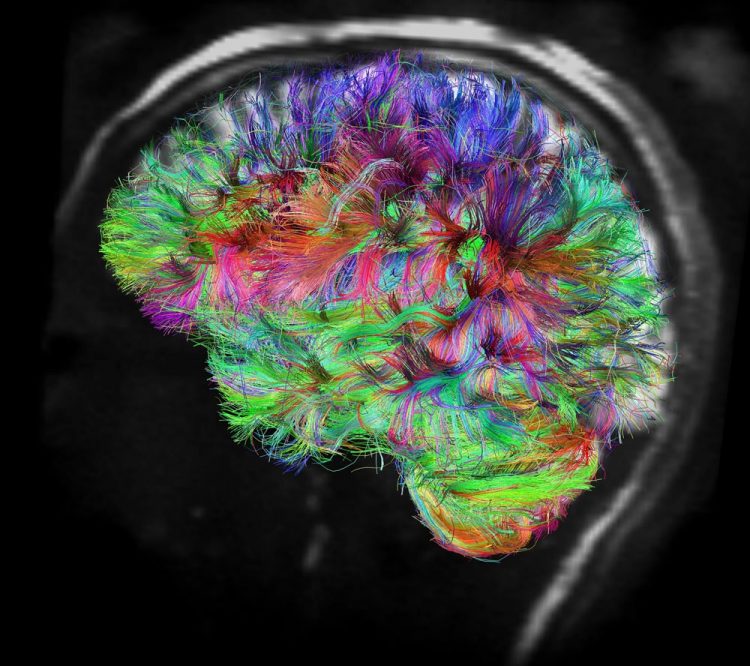Have you ever heard the common expression “The brain is a sponge?” This expression has a direct link with the concept of neuroplasticity – the brain’s ability to change and adapt throughout a person’s life in response to certain cues. Like the computer receives software updates, our brain actually receives hardware updates. When we learn a novel task, we create new connections between our neurons. Different pathways form and fall dormant based on our experiences. We rewire our brains to adapt to new circumstances. This happens on a daily basis, but it’s also something that we can encourage and stimulate.
This shows that the brain is a complex muscle that it can be trained in many different ways. For instance, did you know that after years of training and practice, musicians’ brain structures (their auditory cortex) changes and develops so that they can distinguish the differences in note sequences in a much more proficient way than non-professionals? However, a common belief is that this plasticity can occur only during a specific period i.e. from when you’re born up to adulthood. Well, that’s a misconception!
It is true that the human brain is sensitive, especially during the early stages in life. Some mechanisms such as neuroproliferation and pruning are trademarks of specific age groups and critical developmental stages, but that does not mean that once you have reached adulthood the brain stops adapting and rewiring itself. However, research shows that several mechanisms related to neuroplasticity are still very much present throughout one’s life. Better yet, recent research has confirmed that this plasticity can be increased through the use of training programs in order to better heal the brain from degenerating. An analogy that comes to mind are the gym programs designed to make you more healthy and fit after spending months or years of being inactive because of an accident, a disease or just pure laziness.
This is what neuropsychological rehabilitation is all about. Neuropsychological rehabilitation is concerned with using neuroplasticity (brains’ spongy properties) for cognitive, behavioral, social and emotional deficits caused by an insult to the brain. The aim of neuropsychological rehabilitation is to enable clients achieve their optimum level of well-being, to reduce the impact of the problems on their everyday functioning and to help them return to the most appropriate environments. A major approach used in neuropsychological rehabilitation is cognitive stimulation and retraining. Programs are then developed depending on the baseline assessment of these cognitive abilities and challenges (individual and familial) with a long-term goal of independence in activities of daily living (ADLs) as well as the instrumental activities of daily living (IADLs.) It targets neurocognitive functions such as attention, memory and executive functions (organization, planning, decision making, etc.). It also addresses neurobehavioral concerns such as impulsivity, aggression, disinhibition, emotional dysregulation and psychosocial functioning. Depending on the deficits and impairments, a holistic rehabilitation plan is formulated including various restorative and compensatory strategies.
Neuropsychological rehabilitation at Synapsium is a progressive and dynamic approach that aims at enabling clients reach their optimal physical, cognitive, emotional, communicative, and social functional levels exploiting the secrets of neuroplasticity. This type of rehabilitation provides the clients with an open window to recover from the lost neuropsychological functions caused by a brain injury. It also provides lifelong support needed by clients and their families as they rejoin the community. It allows motivated patients to reach their ultimate goal of reclaiming independence and returning back to their normal life.
The bottomline is- neuroplasticity is real and enduring. Reaching out is the key!
Authorship: Luke Schelameur

